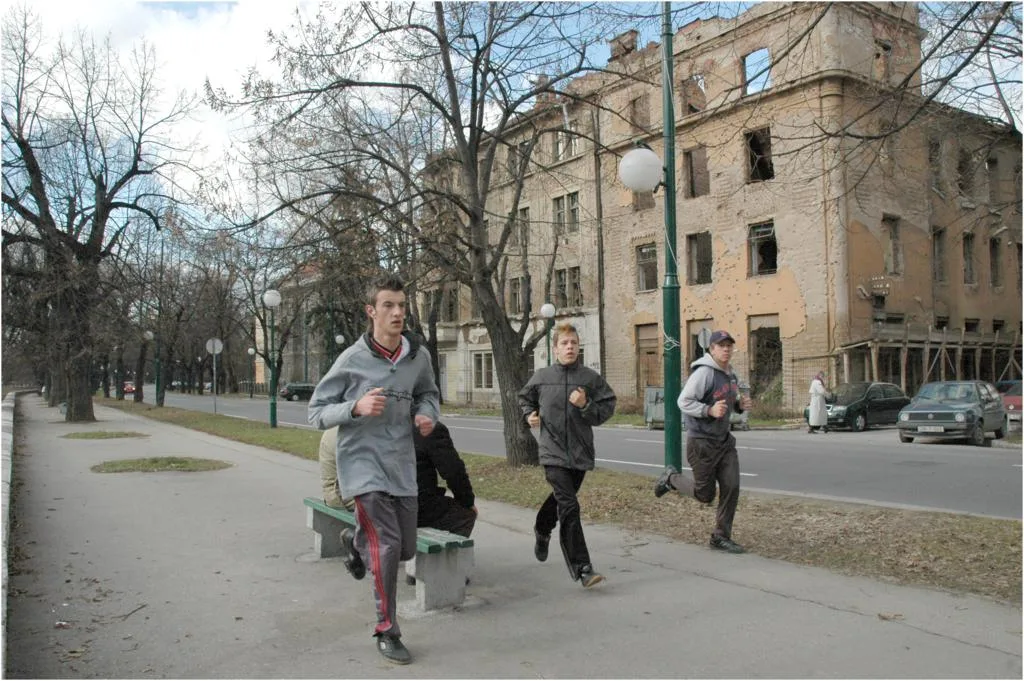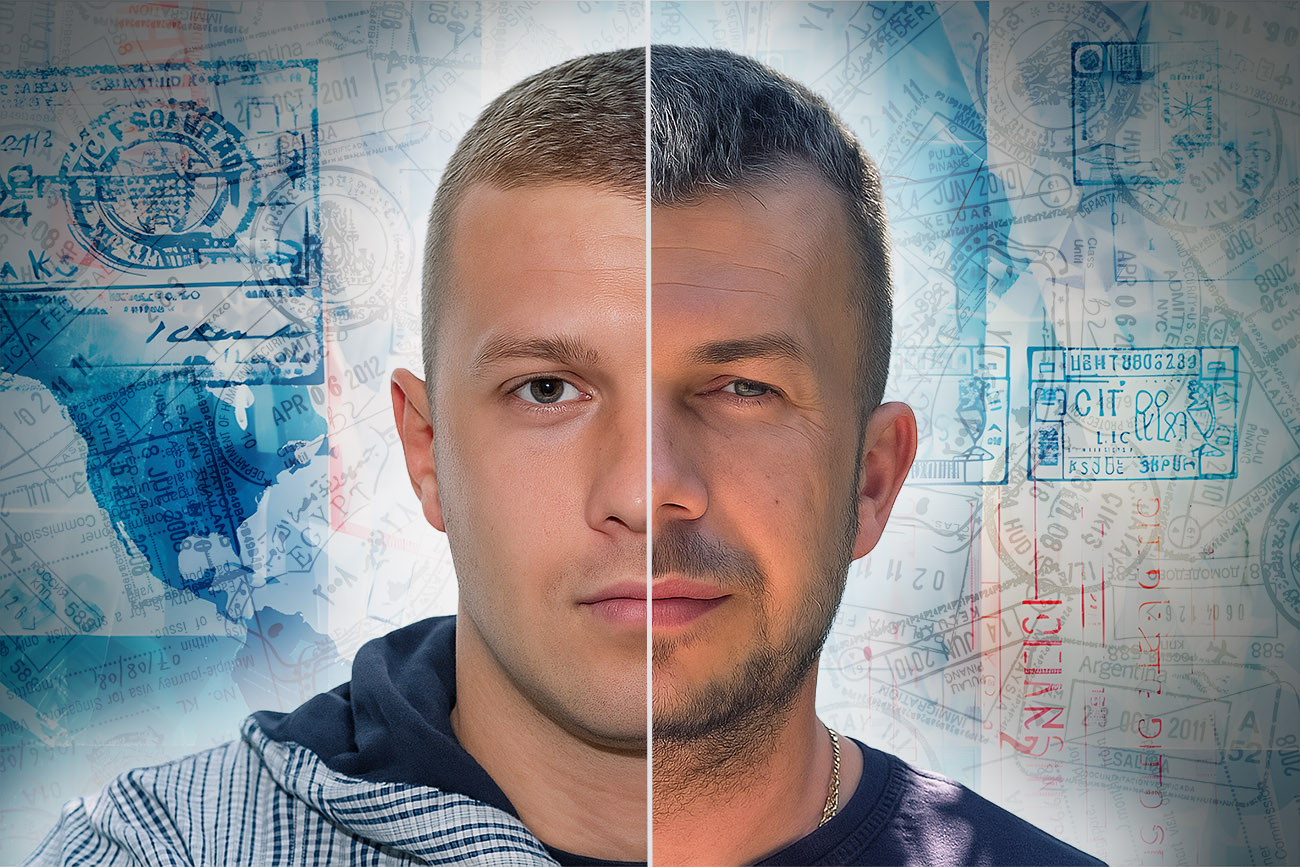The reconstruction of 1.7 kilometers of Vilsonovo’s walkway should have been done in one nine-month construction season, a city official says. Two years later the work is finally done – in time for the walkway to be closed again for another construction project.
Ljiljana Pelidija, deputy director of the Sarajevo Canton Bureau of Construction, said that if agencies had met and cooperated earlier, all the work could have been done efficiently.

The problems with the 1.4 million KM Vilsonovo walkway project illustrate just why roads in Sarajevo take so long to fix and why such work is so expensive. Meanwhile, drivers in Sarajevo suffer from chronic traffic problems that keep them from patronizing local businesses.
Don't want to miss our stories?
Sign up for our newsletter.
Don't want to miss our stories?
Sign up for our newsletter.
Asked to comment on the delays and problems the project faced, Ljiljana Sakić, Sarajevo Canton minister of traffic and communication, declined because, she said, ‘It would be a horrible comment.’
The Center for Investigative Reporting in Sarajevo (CIN) has found that petty bickering, bureaucracy, poor coordination between government agencies and party politics are causing huge delays in the construction of public roads and sidewalks and leading to higher costs and poorer quality roads.
Good intentions and bad planning
The project started when USAID gave a grant for street lightning along Vilsonovo’s walkway in 2004. The Novo Sarajevo and Centar boroughs rebuilt lighting on the walkway which lines the Miljacka River from the Hotel Bristol to the Suada and Olga bridge all at a shared cost of 300,000 KM.
But planners, worried about Linden trees near the road, took the unusual step of laying the wiring for the lighting in the middle of the lane and not under the sidewalk. The decision would have repercussions.
‘Because the linden trees along the walkway are recorded in the records as natural heritage and thus declared a protected heritage item, the wiring for lighting couldn’t be put under the sidewalk’ said Pelidija.
Pelidija said the wiring placement caused problems with placement of gas, sewage and water lines.

The cantonal gas company decided shortly after the wiring work was completed that the street had to be dug up so that bigger pipe could be installed.
After that construction began, the cantonal Bureau of Construction found that the water pipes also needed to be replaced. Larger water and sewer lines were needed to accommodate future embassies in the area.
At the end of June 2005 the construction bureau informed the Ministry of Urban Planning and Environment Protection that a large 1 million KM project was needed to do all the work. The bureau asked the Sarajevo cantonal government to provide the funding.
‘Unfortunately, the government’s order to transfer funds came three months later, precisely at the end of September. And in order to issue tenders it was necessary to apply the Law on Public Purchases’ said Pelidija. She said the delay meant the construction season was almost over.
However, in October 2005, the walkway was again closed to add the water and sewer lines. Workers struggled with the wiring in the middle of the street and the Linden tree roots, which couldn’t be touched along with getting all three lines to fit well.
It took until June 2006 for the cantonal utilities to complete the work. Repaving of the road was completed by July 2006.
Lack of agency coordination made for a two-year closure of Vilsonovo.
‘During those years we saw a lot of potholes, dust in the summer, mud in the winter. We were having breakdowns of our taxis and we were very tense because the work went on for an awful long time’ said taxi driver Safet Bešić.
Nijaz Hromo, deputy head of the construction and utility department in the borough of Novo Sarajevo, said officials did the best they could with available money.
‘It could have been done in another way. Finish by placing one pipe and then dig the tarmac for other pipes. The problem is only the fact that there was no money for such works’ said Hromo. He acknowledged that to him as a city resident ‘it was not pleasant to walk in the trough of the Vilsonovo walkway in those days, which looked like a war zone.’
Zlatko Pertović, Sarajevo Canton minister of urban planning and environment, blamed the trees.
‘It was the lindens that made us steer clear of the sidewalk’ said Petrović. He added that there was no major delay. ‘Hey, we only lost three months.’
In contrast to Hromo and Petrović, deputy director Pelidija said that the boroughs have their own programs, which have not been kept in sync with Bureau of Construction. She said that the government at the local level is independently deciding on their priorities.
‘In the good old days before the war one knew who was doing what. One was negotiating with boroughs and that meeting of the minds could have taken up to three months’ said Pelidija. She added that a 2005 reconstruction of Vilsonovo walkway was the case in point.
That cooperation is needed in the next phase – a plan to build a through road in the area to speed up traffic and a borough plan to turn the walkway into a pedestrian-only walkway.

According to the borough’s blueprints it would like to see the walkway closed for traffic and turned into a tiled walkway with fountains and other amenities.
Tiling would cost about 1.2 million KM, according to Canton Bureau of Construction.
‘Tiling of Vilsonovo walkway has been planned, but an agreement with the boroughs remains to be reached as to which should be the starting and ending point of the tiling and what should be declared a pedestrian zone’ said Pelidija, who acknowledged that paving might have not been the way to go, if tiling was planned.
‘We requested not to go ahead with paving of the walkway but to do tiling. However, that request has never taken off’ said Pelidija.
Another issue is a new road planned to transverse the city would go through the walkway area and possibly endanger pedestrians.
‘Why tile something if it will have to be raised again because of the construction of first transversal. So when and whether it will be tiled I don’t know’ said Pelidija. In the end she said she was in favor of building the transversal, but didn’t exclude the possibility of political games around the walkway and transversal.
‘Well, the protection of the Vilsonovo and its lindens is ever looking more like a political game and party squabbling. Not one of the parties wants to be told by someone from another party ‘do like this because it’s my initiative.’ Unfortunately that’s the bottom line of everything here’ said Pelidija.
This project was completed with financial assistance from the Open Society Fund BiH

























